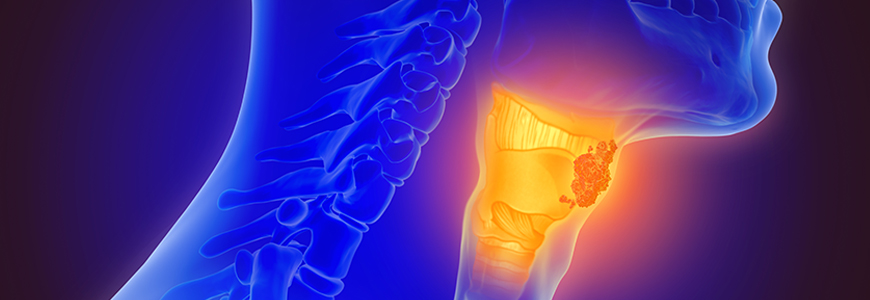New Duke research is targeting the tumor microenvironment and the roles that mesenchymal stromal cells (MSCs) and cancer associated fibroblasts (CAFs) play in chemotherapy resistance in patients with oral cavity and oropharynx head and neck squamous cell carcinoma (HNSCC)—the fifth most common cancer worldwide.
Data from recent and upcoming studies are expected to give researchers more insight into the importance of these cells in the pathophysiology of HNSCC, including:
- how certain drugs may improve chemotherapy responsiveness
- which patients would be good candidates for potential new therapies
- whether long-term treatment of the tumor microenvironment with new therapies may increase disease-free survival
“There aren’t many studies specifically targeting MSCs and CAFs to improve outcomes in patients with advanced oral cavity and oropharynx cancers,” says Tammara Lynn Watts, MD, PhD, a head and neck cancer surgeon and clinician-scientist in Duke’s Department of Head and Neck Surgery & Communication Sciences. “The search for alternative therapies that target the tumor microenvironment to improve chemotherapy responses is currently an unmet need for this patient population.”
Watts, who joined Duke in 2019 to further her research in the biology of the tumor microenvironment in order to identify targets for new therapies, is working with colleagues in the Duke Cancer Institute to study drugs that block the signaling pathways between cancer cells and MSCs and CAFs using small molecule inhibitors to determine whether onset of tumors can be delayed and whether chemotherapy responses can be improved.
Despite earlier detection rates, multimodality therapy, and surgical advances, the overall five-year survival rate for advanced HNSCC is poor (<25%), and has remained largely unchanged in the last 30 years, a fact that Watts believes is tied to the lack of targeted therapies. “We don’t have a lot of biologic treatments or immunotherapies like we have for other cancers. Presently, immunotherapy-based treatments for patients with HNSCC are reserved for patients whose tumors are resistant to chemotherapy or those whose cancers continue to progress during treatment.”
While the tumor microenvironment has emerged as an important driver in other cancers, studies focused on HNSCC are only just beginning to be published and is another factor affecting the lack of therapies for HNSCC—a fact that Watts hopes to change as her new research program gets underway at Duke and more studies are launched, such as a foundational study on the microenvironment that she and colleagues published in the Journal of Translational Medicine.
In that study, researchers found a potential mechanism that causes cell proliferation involving the AA isoform of the platelet derived growth factor (PDGF-AA) and demonstrated the importance of PDGF-AA in causing migration and invasion of MSCs in the microenvironment. “MSCs are double-edged swords in a way,” says Watts. “They migrate in response to a lot of different stimuli to help heal wounds, but they also contribute to the formation of cancer, despite the fact that they’re not cancerous themselves. They use the immune response system to set up signals that make cancer cells more aggressive and allows them to metastasize, providing scaffolds and proteins for blood vessel proliferation.”
Watts says that continuing research into the microenvironment is vital for determining the reasons that tumors return after they’re removed and after patients have received radiation and chemotherapy, and could unlock the keys to potential new immunotherapies that may improve clinical outcomes.
“All of these emerging data are showing us the reasons why treatment strategies directed toward tumor cells alone are inadequate. We need to look more broadly at the bigger picture—the mechanisms that MSCs use when they’re present in proximity to cancer cells, what they do to the cancer cells, and how they cause their physiology to change,” says Watts.
